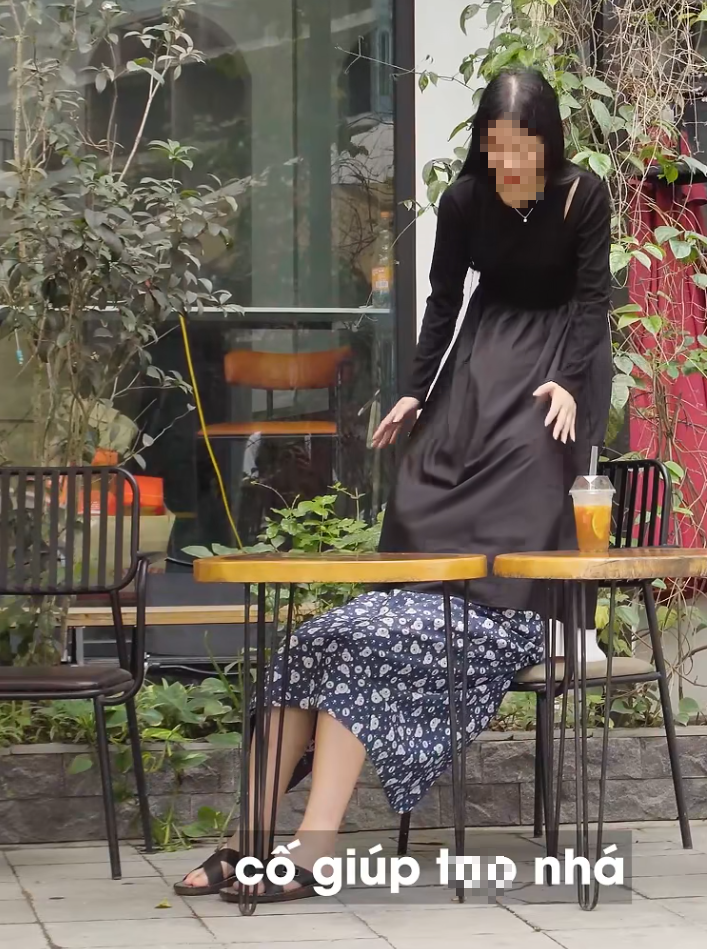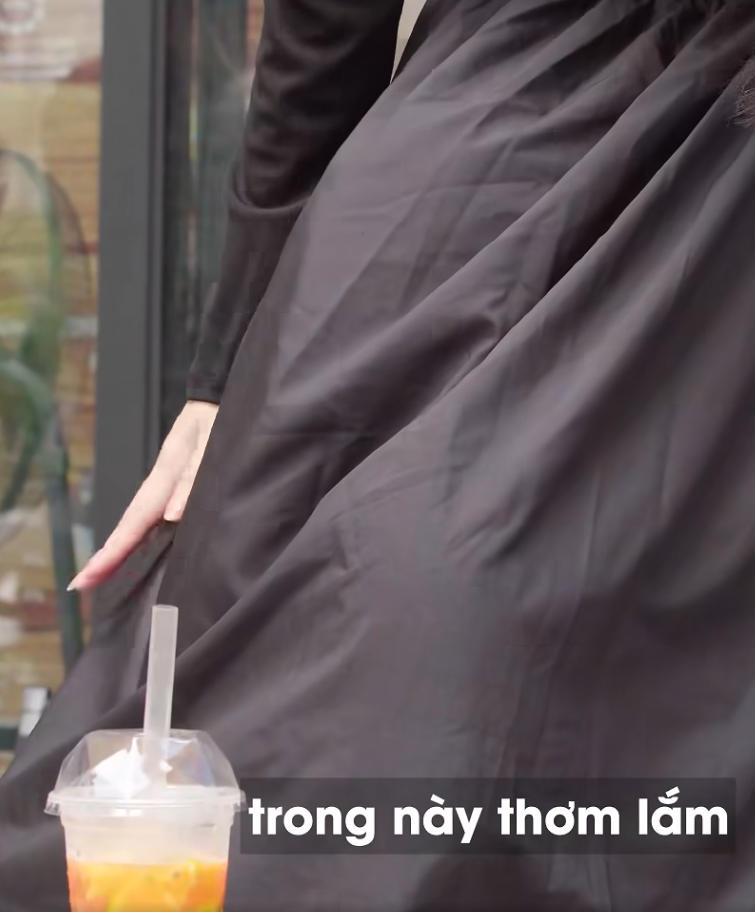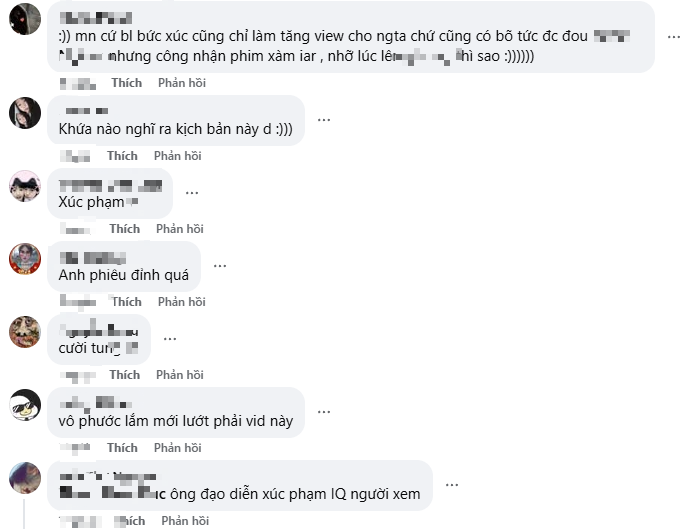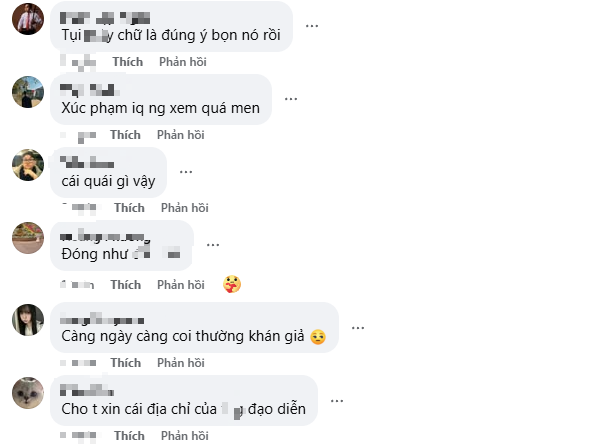Social media is a place where individuals can freely express themselves, share opinions, and even help someone become famous quickly, just after a “viral video“. However, this rapid development has made it increasingly difficult to distinguish between creative content and intentionally produced offensive, nonsensical material. Recently, a short clip appeared on Facebook showing a guy hiding under his best friend’s skirt to help her on a date, which has caused a stir in the online community due to its offensive nature.



The staged short clip quickly went viral, garnering millions of views within just a few hours. In the video, the guy agrees to help the girl by hiding under her skirt to pretend to be her long legs, helping her make an impression with her date. Both of them joyfully laughed and were pleased with their one-of-a-kind plan.

The video attracted massive engagement, but not from positive feedback. What outraged netizens was the nonsensical, offensive content that disrespected viewers and particularly negatively impacted the youth – the largest demographic of social media users today. Immediately after the video surfaced, a slew of harsh criticisms were left in the comments under the clip and on social media forums:
“I can’t understand this content, it’s all nonsense nowadays”;
“Creativity isn’t banned, but creativity doesn’t mean offending public taste”;
“Who is the director? It’s unfortunate to stumble upon this video”…


The phenomenon of some young people disregarding all ethical and cultural limits to gain attention on social media is no longer new. Especially on platforms like TikTok, Facebook, or Instagram – where short videos easily attract large viewership, it is also an environment where reckless trends for fame are flourishing.
These teams are willing to create nonsensical, even offensive content that violates cultural norms, as long as they can attract attention. This not only undermines cultural values but also poses the risk of creating a generation of youth with distorted thinking, lacking the ability to differentiate right from wrong, and truth from falsehood in the online space.
Platforms like TikTok, Facebook, or YouTube often claim to have strict content moderation policies. However, the reality shows that many offensive videos with sensitive or misleading elements still “slip through the cracks” and are even recommended by algorithms simply due to high engagement.
Clearly, if platforms or content creators are not controlled, users themselves need to equip themselves with the skills to filter content. Particularly for parents, supervising children’s social media usage and guiding them to identify healthy content is extremely necessary. Commenting against, reporting offensive content, and sharing positive content are also ways users can show community responsibility, contributing to creating a more civilized online environment.